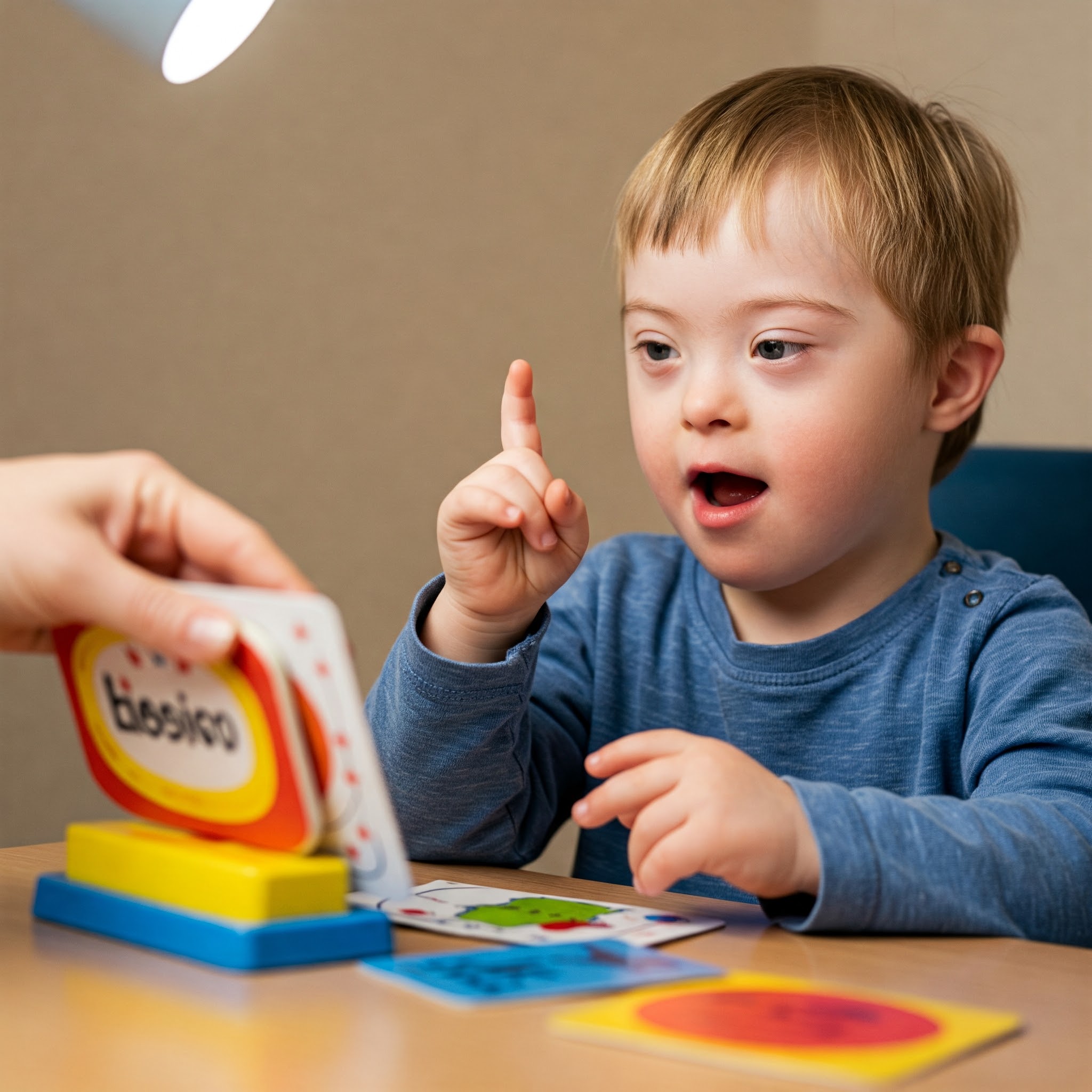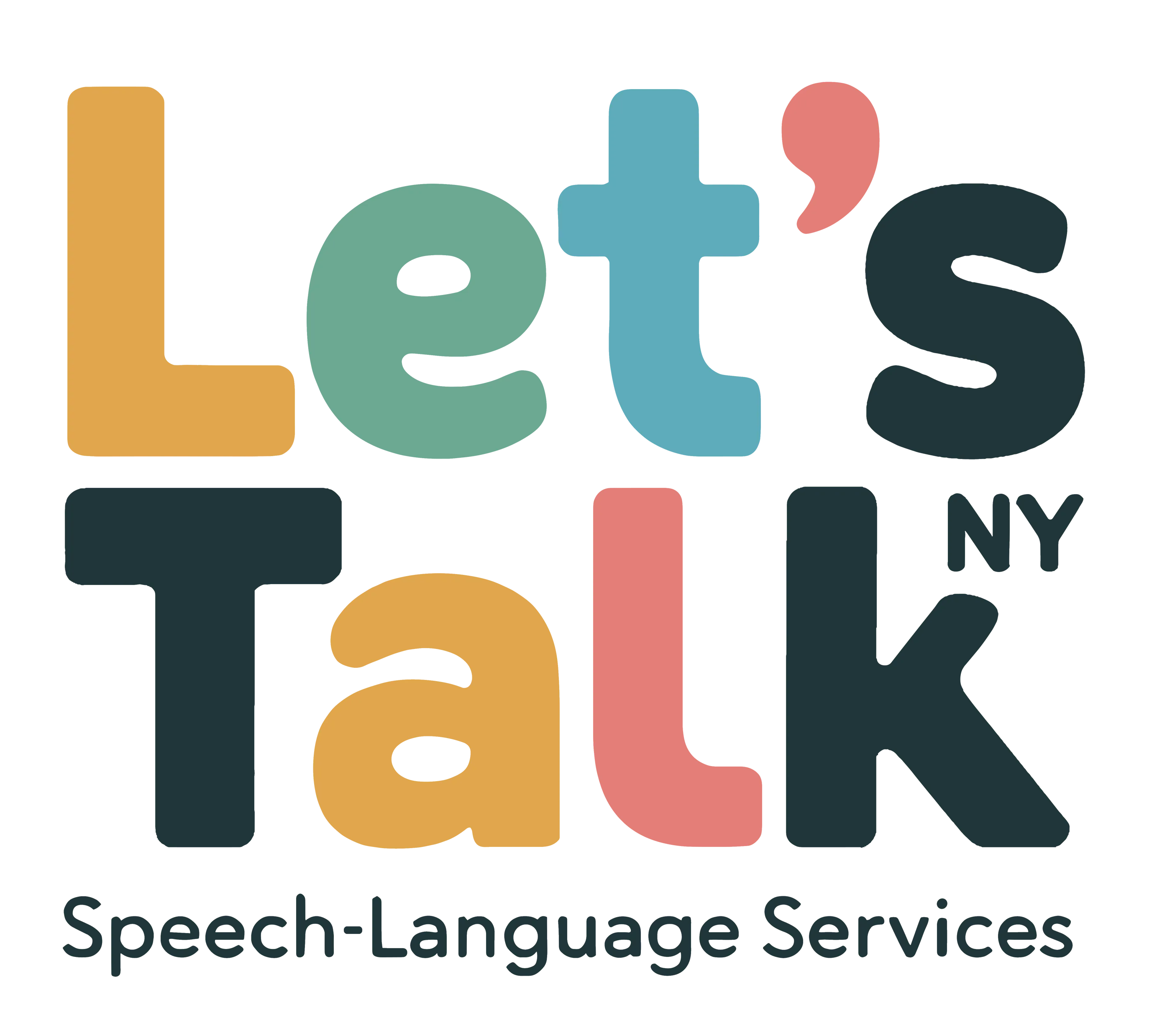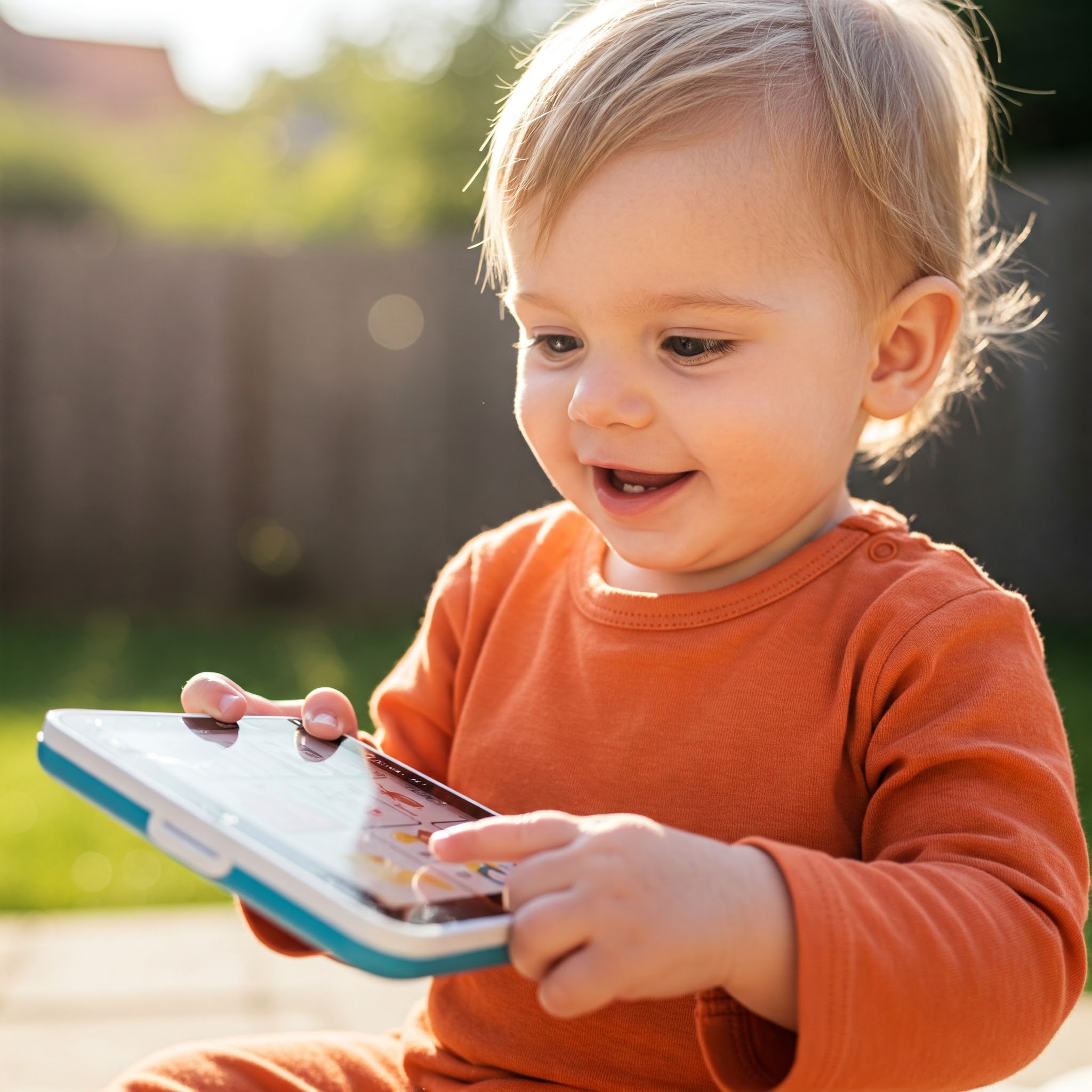Weekly Blog: Debunking AAC Myths – Is There a Required Symbol Hierarchy?

Welcome to the final installment of our Let’s Talk NY blog series on AAC myths. Throughout this series, I’ve addressed misconceptions that often create unnecessary barriers to effective communication intervention. Today, I’m examining a myth about how symbols should be introduced in AAC systems.
This Week’s Myth: “There is a hierarchy in symbols from objects to written words”
This myth suggests that all individuals learning to use AAC must progress through a strict sequence of representational forms:
- Real objects
- Miniature objects
- Photographs
- Line drawings
- Abstract symbols
- Written words
The belief is that individuals must master each level before moving to the next, more “abstract” form of representation.
What Research Tells Us
Romski and Sevcik (2005) directly challenge this myth in their article. In fact, research shows that:
-
Symbol hierarchy is not universal
Individual preferences and abilities vary widely—some children actually find line drawings easier to recognize than photographs due to reduced visual complexity.
-
Multiple representations can be introduced simultaneously
Many successful AAC users learn through exposure to various symbol types at the same time, rather than mastering one before moving to the next.
-
Meaningful context matters more than symbol type
The relevance and motivational value of the symbol often matters more than its place in the presumed hierarchy.
-
Iconicity (visual resemblance) is just one factor
While how much a symbol looks like what it represents can be helpful, it’s not the only or even primary factor in symbol learning for many individuals.
My Clinical Observations
Throughout my practice, I’ve consistently found that the presumed symbol hierarchy doesn’t align with how many children actually learn to use AAC. I’ve worked with children who:
- Struggled with photographs (which contain visual distractions) but easily learned more simplified line drawings
- Learned abstract symbols (like those in many AAC systems) with no prior exposure to “easier” representational forms
- Benefited from seeing written words alongside symbols from the very beginning
- Showed clear preferences for certain symbol types that didn’t follow the expected progression
What I’ve found most effective is offering options and observing what works best for each individual, rather than adhering to a predetermined sequence.
A More Flexible Approach
Instead of following a rigid hierarchy, I advocate for:
-
Assessment of individual visual processing and recognition abilities
-
Consideration of motor access needs
(some symbol types may be easier to access physically)
-
Observation of symbol preferences
through structured trials
-
Starting with highly motivating vocabulary
regardless of symbol type
-
Using consistent symbol labeling
to support learning
-
Providing multiple representational forms
when beneficial
This individualized approach leads to more successful communication outcomes than adherence to a theoretical progression.
Series Wrap-Up
Throughout this blog series, I’ve addressed six persistent myths about AAC that often create unnecessary barriers to effective communication intervention:
- AAC prevents or delays speech development
- AAC is the last resort in speech-language intervention
- Children must have certain skills before they can benefit from AAC
- AAC is only for children with intact cognition
- Children must be a certain age to benefit from AAC
- There is a required hierarchy in symbols from objects to written words
By understanding the evidence that contradicts these myths, I hope you feel empowered to make informed decisions about communication support for your child.
Continuing Your AAC Journey
Whether you’re just beginning to explore AAC options or looking to refine an existing approach, I’m here to support you with:
- Evidence-based assessment and recommendations
- Individualized implementation strategies
- Training for family members and other communication partners
- Ongoing support as your child’s communication needs evolve
Contact me today to discuss how I can help support your child’s unique communication journey.
Reference
Romski, M. & Sevcik, R. A. PhD. Augmentative Communication and Early Intervention: Myths and Realities. Infants & Young Children 18(3):p 174-185, July 2005.








